-
Posts
2,550 -
Joined
-
Days Won
5
Content Type
Profiles
Forums
Blogs
Gallery
Events
Store
Posts posted by Eric Stahlhut
-
-
thank you. gilles! :cheers:
0 -
-
i am pleased by the opportunity to share this item!
it's a sleeve badge for the volunteer brigade/rgt. reinhardt, which was initially formed in order to combat the spartacist uprising in berlin and subsequently fought the poles in upper silesia.
there were approx. 9600 members at the onset, and they had a somewhat interesting history.
this badge is large (55mm), made of gilded tombak with an enamel paint (baked on?) in the center which is very similar to the paint used on ek cores dating from this period. there are 8 tiny thread holes around the edges.
i have observed two different types of this badge--this style, and one which is entirely of blackened tombak. not sure what the two types signify...one could be for enlisted and the other for officers, or the one i have could be a later version which evolved into a tradition badge when the unit was merged to form reichswehr brigade 15.
0 -
it certainly is a possibility. i remember posting a similar example years ago ( except mine is backed in red felt and doesn't have a pin-it was worn buttonhole style on a tunic) and the general consensus was that it may have been for a hohenzollern order. it too was missing the crown, but there are holes in the ribbon that indicate a separate crown above the swords. it either fell off or was removed after abdication.
nice piece, btw!
0 -
nice pic!
what's the badge opposite the braunschweig and below the ek1? a finnish front badge?
0 -
-
-
-
just a side note: the use of brass as the material for the pin is a hallmark feature of the meybauer crosses. a fine cross! :cheers:
0 -
-
very, very nice!

thank you for sharing these marvelous examples, jim!
0 -
excellent collection!
any chance of a peek at the reverse of the .800 marked and field-made examples?
0 -
fortunately, this type of kmst has a pretty straight-forward type of pin. it would be easy to have a replacement made (sans hallmarks) if i so chose. however, the hinge assemblies on these are so finely done, any repairs would be quite evident, and i am averse to having this done. i will most likely leave it in it's current state.
0 -
-
-
georg,
there were no regulated/enforced guidelines concerning the materials used for manufacturing ek's during ww1 and the postwars years, except for the dimensions of the cross. it's highly likely that the scarcity of metal during a wartime economy and the following postwar recession dictated that the many makers had to implement whatever they could obtain at any specific time. as a result, one can find crosses with cores made out of iron, brass, steel, zinc, german silver, tombac, and of course one-piece ek's that have no separate core.
and on the other side of the spectrum: cores made of glass: a rare luxury item!
hope this helps a bit
0 -
-
-
-
-
-
very nice! i have two of these-one is with the case- and am still hoping to find the clasp some day. :cheers:
0 -
joe- i agree!
chris- it's prolly a wagner; i wouldn't be surprised if there was a tiny 'ws' stamp near the former catch area under all of that tarnish/grime
0 -




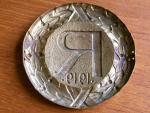
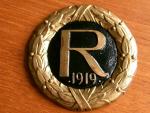
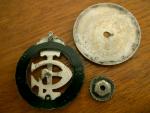
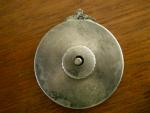
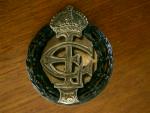
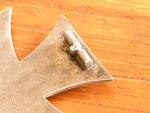


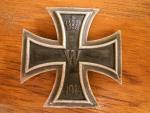
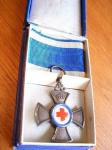
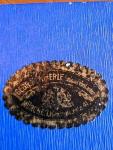
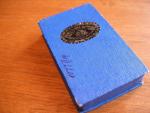
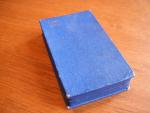
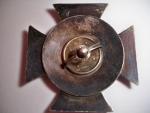
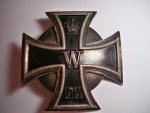
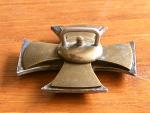
freiwilligen brigade reinhardt
in Germany: Weimar Republic & Deutsche Freikorps
Posted
thanks, hardy!
my initial impression is that the example in your foto is the blackened version. the wreath doesn't seem to be gilded